Are healthy school lunches helping? Fat chance (Editorial)
Should students get to determine if they are going to make unhealthy decisions?
Eating in the cafeteria is one of the aspects of school life that unites most students. Whether you pack a lunch or buy one, the vast majority of the school will pack into the cafeteria over the course of 3 periods. In an age of rampant childhood obesity, it’s no wonder that schools have tried to enforce a stricter dietary policy– but is it really worth it for the students?
For the first ladies of the United States, it’s been a time-honored tradition for them to take a large part in shaping public policy and opinion. It began under Dolly Madison, who used her public charm to boost her husband’s popularity. Nancy Reagan took an active part in the war on drugs, campaigning heavily for sobriety. The most extreme example was Bill Clinton letting Hillary Clinton design his (ultimately failed) healthcare reform policy.
This tradition has been continued under President Obama. Michelle Obama has taken on the childhood obesity epidemic, called “Let’s Move.” It’s goal was to “solve the challenge of childhood obesity within a generation so that children born today will reach adulthood at a healthy weight.”
An admirable goal, of course. There were several methods by which the program would work: encouraging exercise, parents to teach their children about healthy living, and– most importantly for us– reforming the offerings at school lunches.
One of the policies of the Lets Move! campaign was offering funding to schools to help them implement a more nutritious lunch system. But, rather than just let them do what they want, the USDA came in, and put draconian dietary restrictions on what schools were allowed to serve: no more whole milk or white bread, and a fruit serving with every meal. Sound familiar?
These food options were seen as so unappetizing that many schools ditched the whole thing altogether, and it also proved too expensive for others to maintain the program, even with federal funding. Statistical analyses have shown no appreciable link between Lets Move! and decrease in childhood obesity rates. All in all, it was a $4.5 billion flop.
Is it really worth it to have this constantly enforced here at our school? That’s not to say that the school lunches are terrible– they’re not. Fairly decent, even. But still, they’re limited. Sometimes I want something a bit sweeter then a stale gluten-free cookie, y’know?
Should it really be up to the school or the federal government what I put in my body? Obviously considering our status as minors, they have every legal right to do it. But we aren’t toddlers. If someone is going to eat unhealthily, they’re going to do it regardless of what the cafeteria is serving. Chipotle isn’t a long drive away. At the end of the day, when the program has shown to be a failure, just let us choose what we can eat. Simple as that. We make bad choices? They’ll be the same choices we would’ve made outside of school.
Disclaimer: Articles designated as “Editorial” represent the views and opinions of the author, not the 2015-2016 Periscope staff, CHS Administration, or the CHS student body
Want to help the Herd? Please consider supporting the Periscope program. Your donation will support the student journalists of CHS and allow us to purchase equipment, send students to workshops/camps, and cover our annual website hosting costs.

Harry Wendelken is a 16 year old child. This is his profile you are reading. He's a journalist of some sort on the school news paper, mainly Periscope....







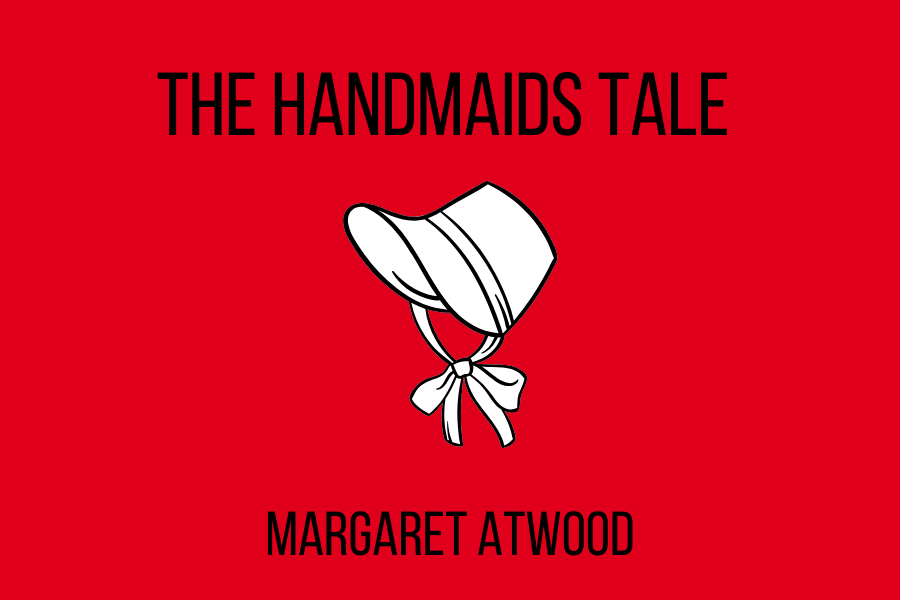









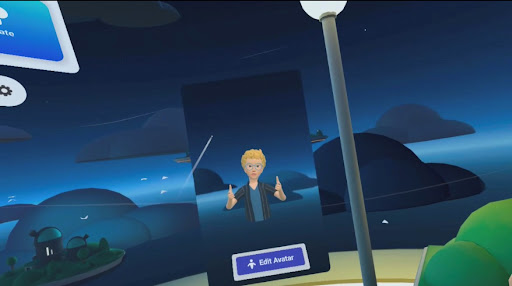














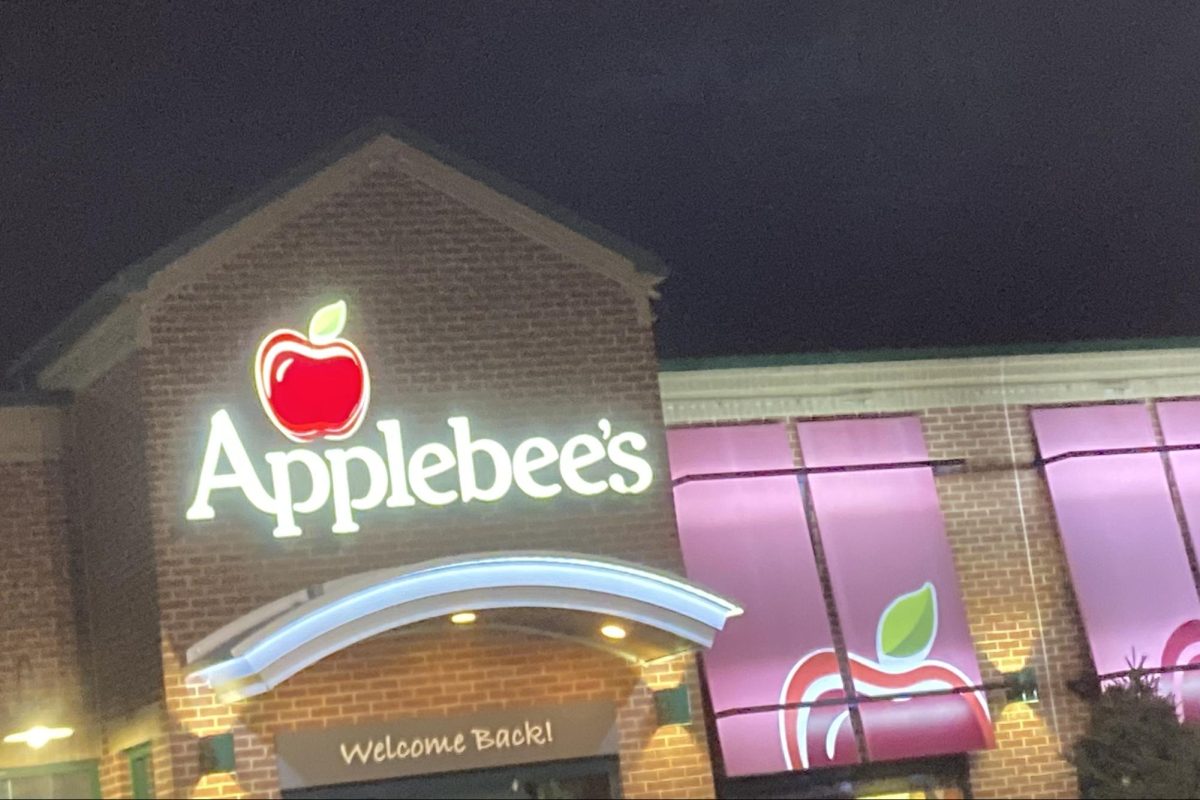











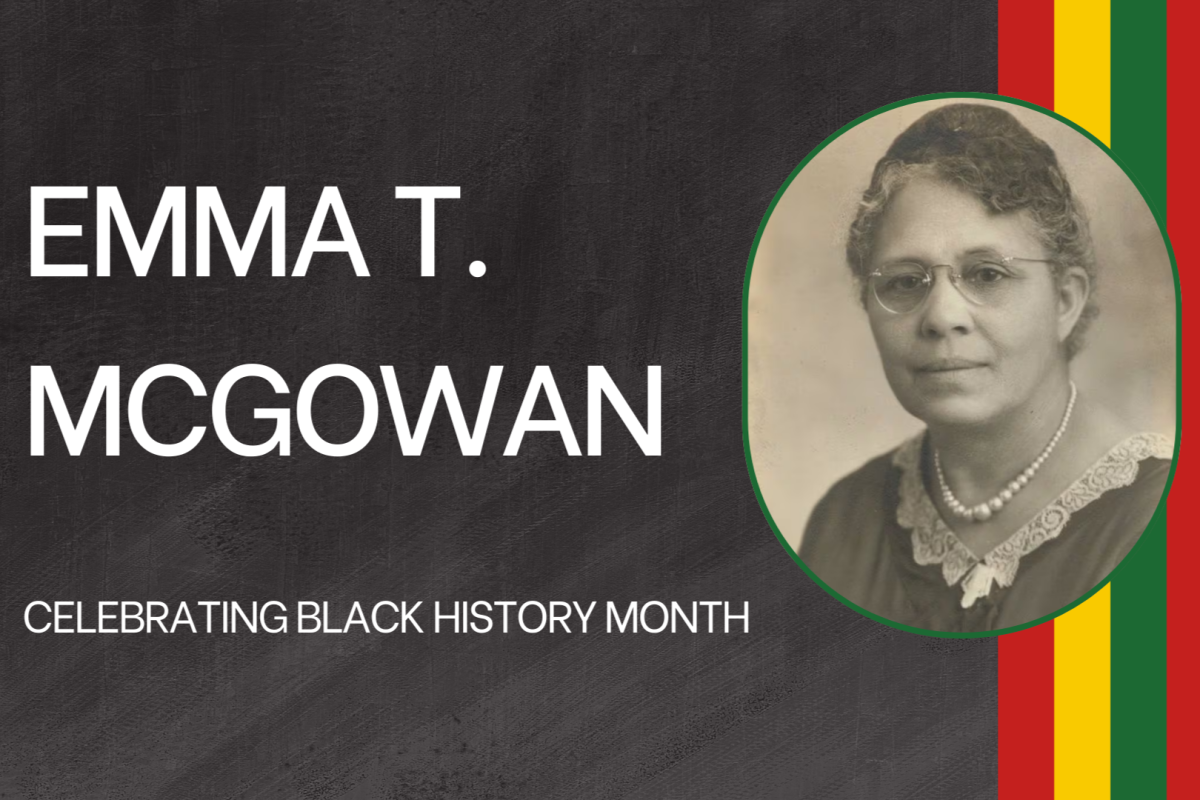





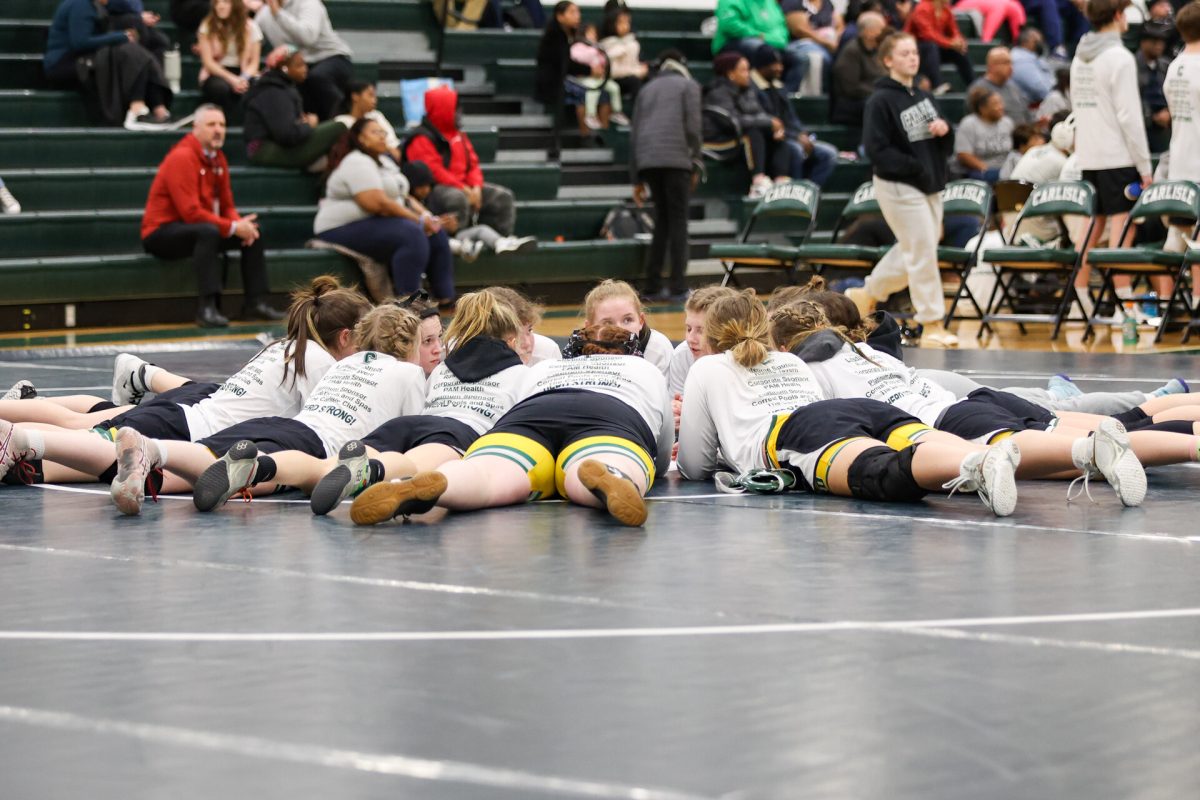




















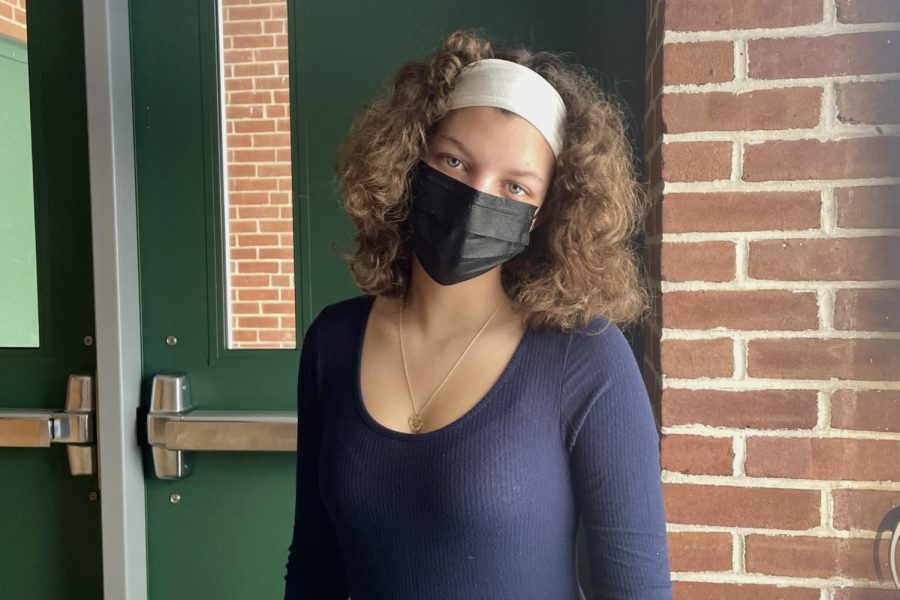



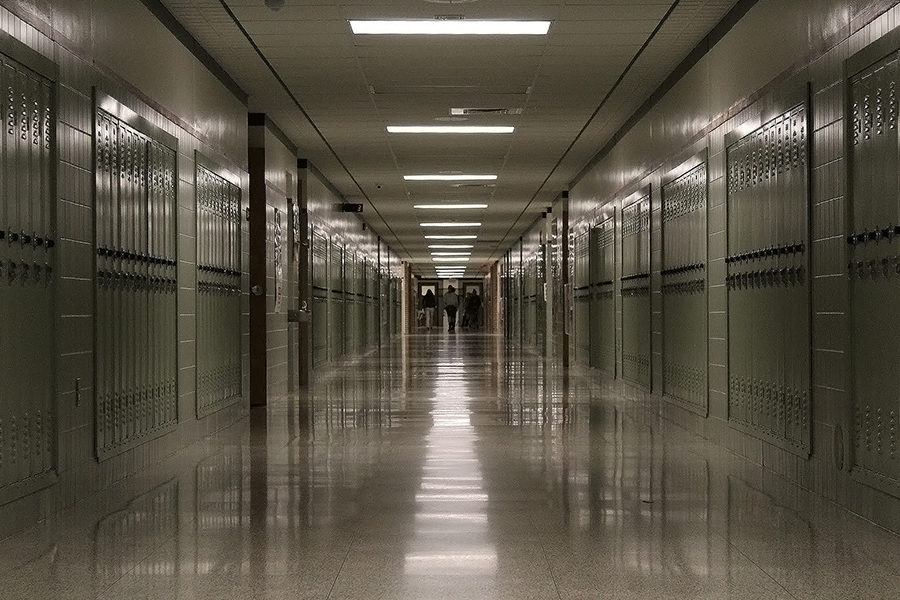

















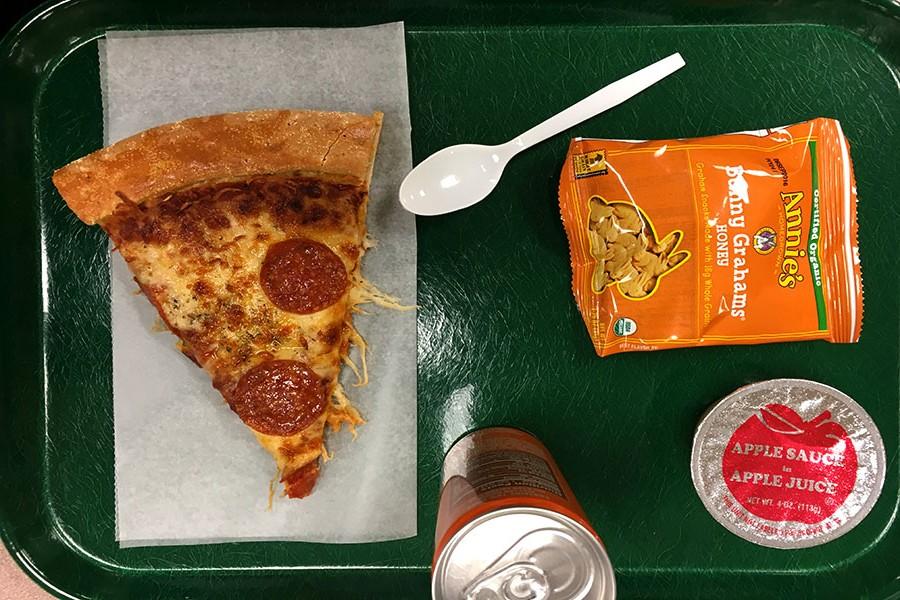









Lauren Peele • Mar 22, 2016 at 12:10 pm
I haven’t bought school lunch since 5th grade. For some reason I just never liked the food that the school served. I do think that making pizza crust whole grain and making kids pick up a sugary fruit cup isn’t really making anyone healthier. Kids should be allowed to eat what they want and if they choose to eat healthier, then that is there decision. You can’t make people eat something they don’t want to eat.
madi clepper • Mar 22, 2016 at 8:20 am
I think school lunches are gross and they should invest in better food. the only thing that’s good about school lunches is the create station because it’s actually being made right there and you can see it.